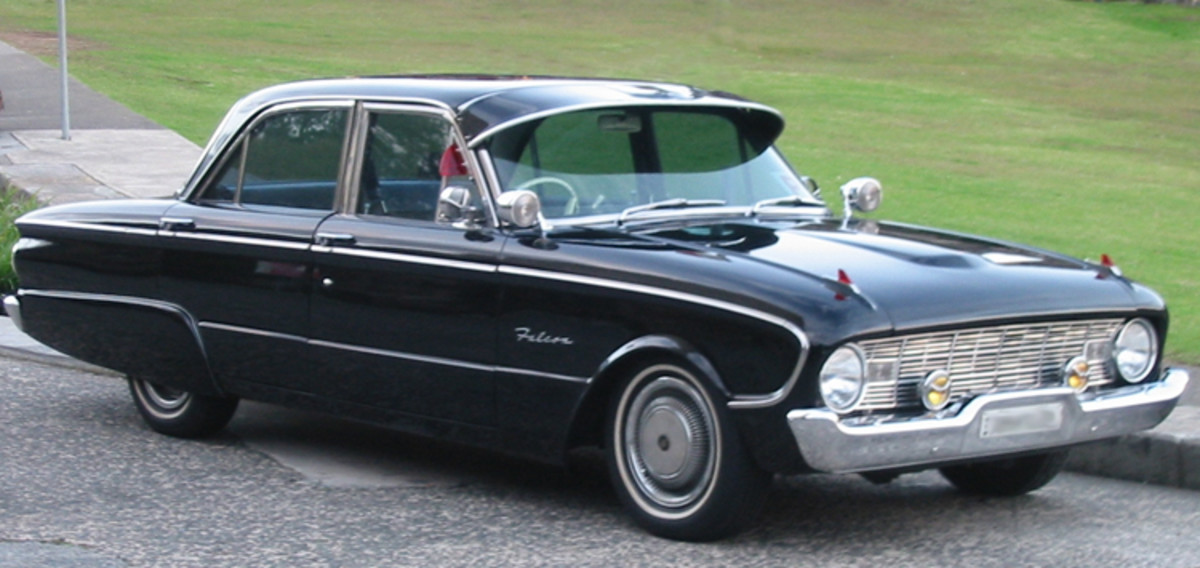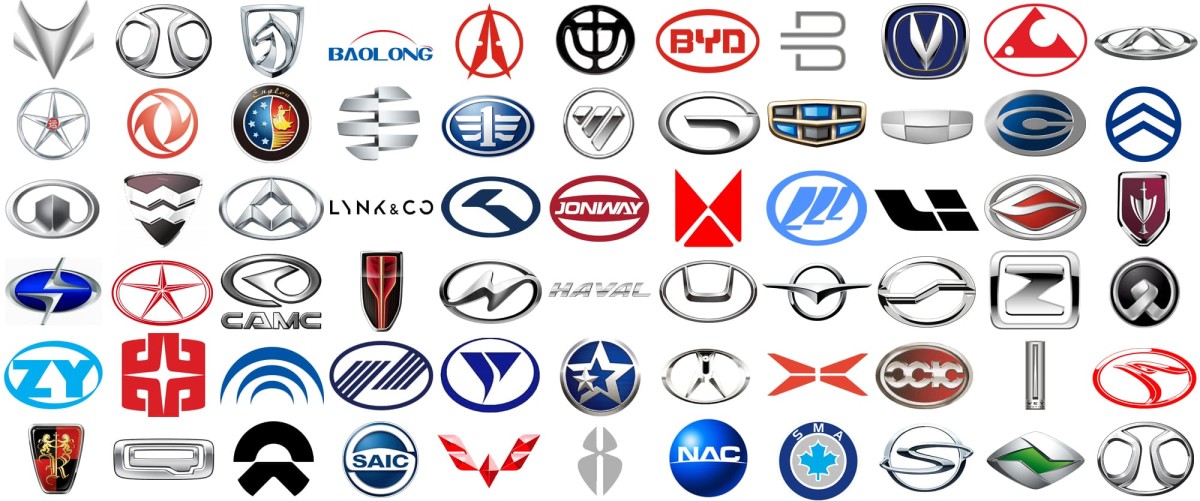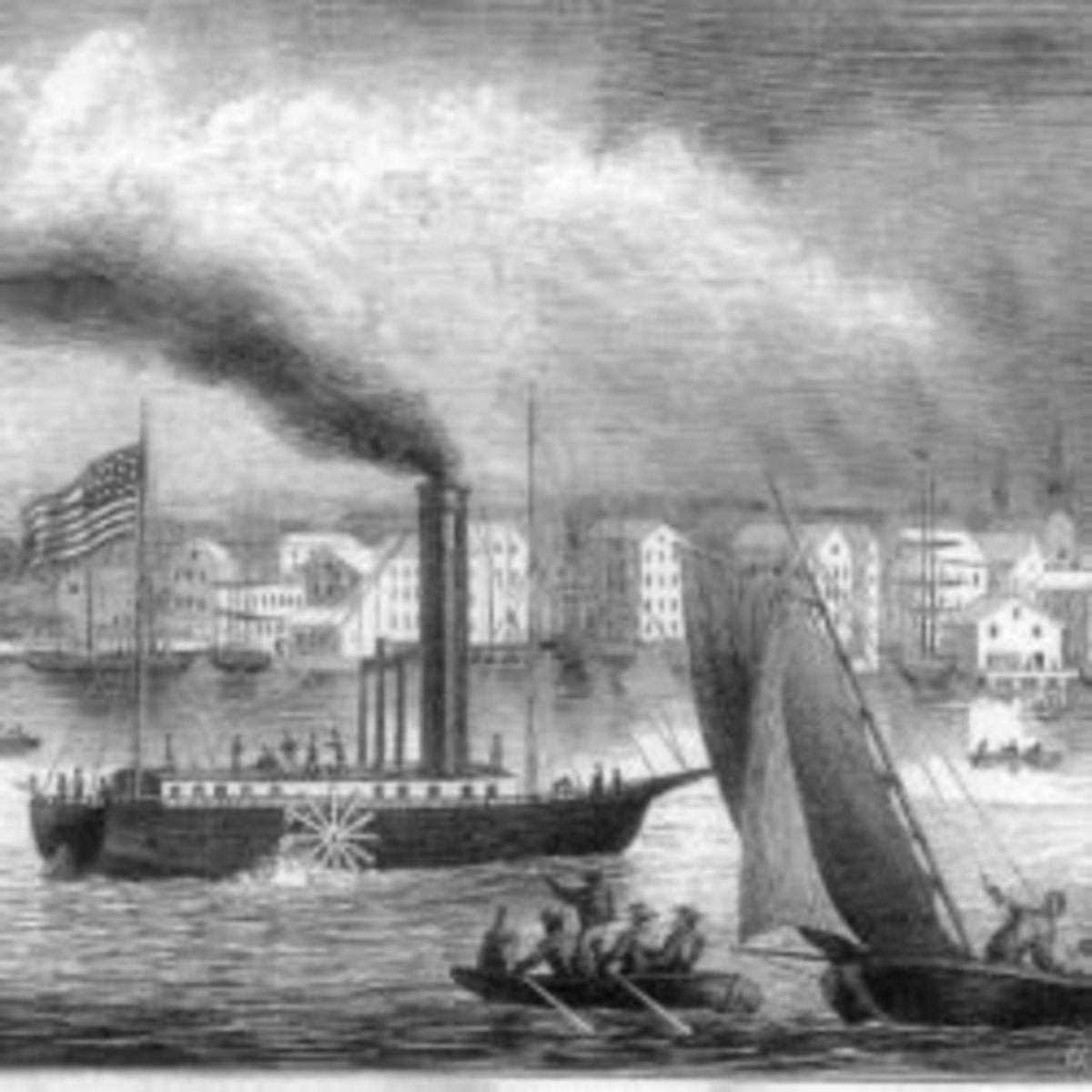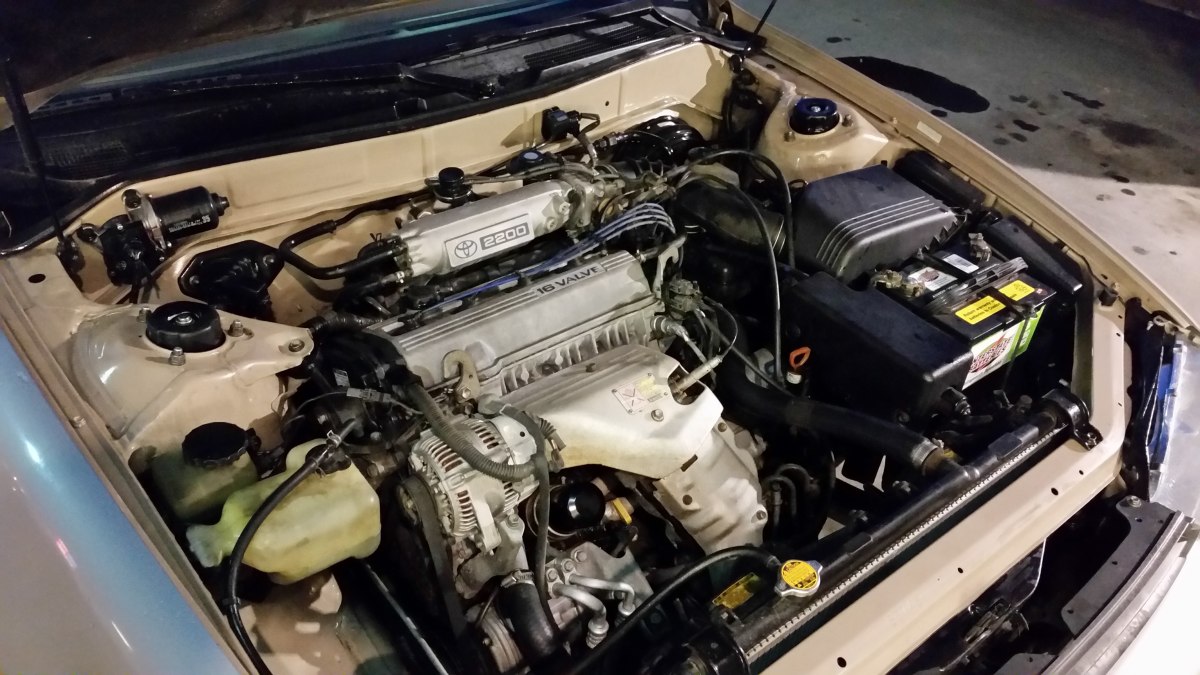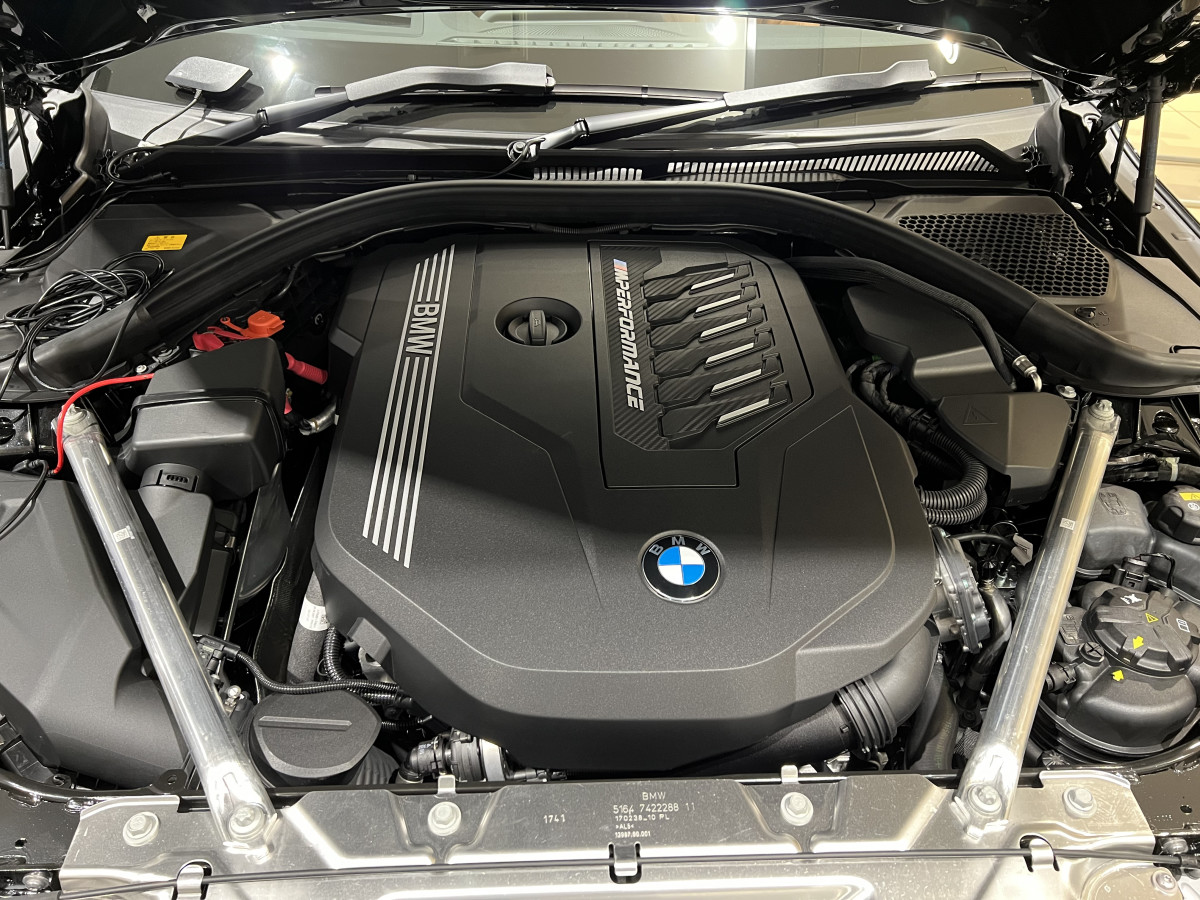The Erogenous Shock in Ford Motors Company due to Tariff Wars: An Analysis
Three Years after the US-China Tariff War...How will Ford Motors be?
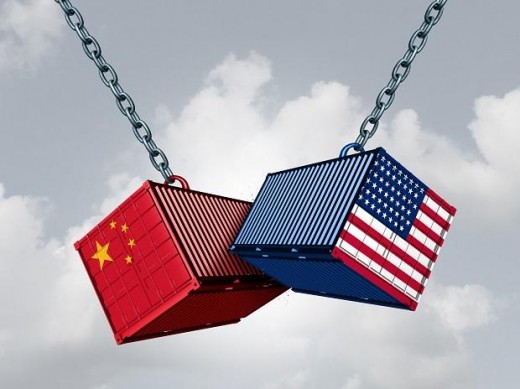
The Erogenous Shock in Ford Motors Company due to Tariff Wars: An Analysis
The erogenous shock will dramatically improve the competitive advantage of the Company after a 3-year period because the American buying public will have no other choice but to patronize solely pure American made Ford vehicles which will offer not only employment to the average Joe but also promote localization of global brands sold and produced exclusively in made States-side.
The Shock Waves of US-China Tariff Wars
The initial effects of this move by both Beijing and the US on tariff trades can be very disadvantageous as what most automakers and even those who are dependent on Chinese industries involving machineries and electronic products. However, by shifting the focus on more comprehensive plans encompassing the current status of bilateral trades between the two powerful nations, many options can now be exploited allowing more and better competitors or replacement deals, contracts, and products to be considered instead of China alone. Japan has been one of the first to shift its offshore production industries to other neighboring countries such as the Philippines from China. The benefits seem to be playing off sooner than expected following the South East Asian territorial water dispute. This can play the same way for the US should it shift production of products elsewhere or may opt to locally produce their own products and sell them where tariffs are relatively lower than what China is now imposing (Rapoza, 2018). In a report written bu Keneth Rapoza in Forbes back in July this year, around $200 billion worth of capital have been moving out of China to countries will lower labor costs such as Vietnam, Philippines, Mexico, India, and Bangladesh. Aside from indiscriminate rise of costs in China, the Chinese government is also now imposing lower incentives to foreign production companies. With both sides seem to be adding more cost to production and tariffs, there is no other option but to move the base of operations out of China. For Ford Motors Company, doing this will be a win-win situation.
What Could Happen in Three Years?
In a span of three years, the Company can easily re-establish its foothold in the motoring benchmarks. In the first year, it should look for alternative base of operations especially in production. It must choose between re-opening its factories in the US or shift to other countries where conditions are more or most favorable. In the second year, it may opt to establish other lucrative markets other than China. Other developing economies can be the target market. Shifting away from the Chinese market will also show China that Ford can achieve something despite the unfriendly conditions it has set for most US-based companies (Cheng, 2018). On the third year, the experience in the two previous years can serve as the litmus-test for the viability of its move to totally shift away from China. It must be understood and remembered that Ford Motors has been around for a century and its experiences will be more than enough to make it most adaptive to the ever-changing landscape in the realms of international business. In fact, should its line of vehicles be totally produced in the US, the prices may indeed increase due to production costs, but the process will also allow the average Joe to increase its buying capacity through the many jobs it will create. In the end, everything will come full circle: Ford Motors will spend more for its complete state-side production, but the same amount of money spent will only return to the American public who will immensely benefit by increasing their purchasing power or buying capacity.
As for the given article, there is no point producing or even marketing the Ford Active unit if it is doomed to be done for from the very beginning. While David Welch’s article may seem helpful to show the ugly side of Trump’s traffic move against China, it does not show any glimmer of hope or sense of logical reasoning as to why it was done in the first place. It is obvious that Ford Motors may have had some bad production planning which even if there were no tariff or trade wars going on, occasionally some ugly unit rolls out of the assembly line leading to utter waste of company resources. Such is the case of the Ford Active that it is a bad point of reference for the extent and magnitude of the current international tariff war. However, if Ford will replicate its best practices for Raptor or F-150 models using other off-shore productions except China and marketing these models in other markets or even just in the US, the 3-year proposal may even be too long for a time frame to consider.
References
Cheng, Evelyn. (2018). “Trade War: American Autos Look to Be Hit the Most by Both US and China Tariffs.” CNBC, CNBC, www.cnbc.com/2018/09/14/survey-automotive-industry-hit-most-by-both-us-and-china-tariffs.html.
Rapoza, Kenneth. (2018). “Trade War Casualties: Factories Shifting Out Of China.” Forbes, Forbes Magazine, www.forbes.com/sites/kenrapoza/2018/07/30/trade-war-casualties-factories-shifting-out-of-china/#2384b844103e.
Welch, David. (2018). Ford may not be the last to terminate a U.S. auto model over Trump’s tariffs. Bloomberg. file:///C:/Users/the_r/Downloads/Option+3+Strategic+Analysis+2_terminating+auto+models.pdf

